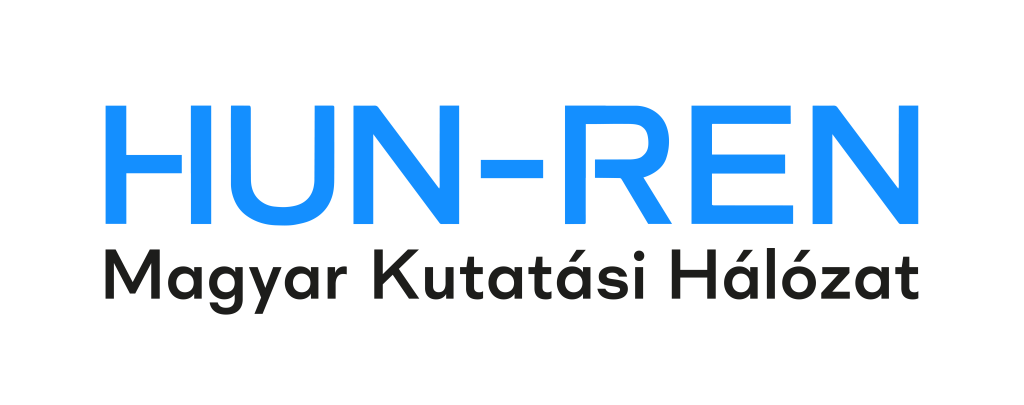Characterizing the Spatial Uniformity of Light Intensity
and Spectrum for Indoor Crop Production
by László Balázs – Zoltán Dombi –László Csambalik –László Sipos
Horticulturae 2022, 8(7), 644; published: 15 July 2022
(This article belongs to the Special Issue Innovative Technologies and Production Strategies for Sustainable Controlled Environment Horticulture)
Maintaining uniform photon irradiance distribution above the plant canopy is a fundamental goal in controlled environment agriculture (CEA). Spatial variation in photon irradiance below the light saturation point will drive differences in individual plant development, decreasing the economic value of the crop. Plant growth is also affected by the spectral composition of light. So far, little attention has been paid to the quantification of the spatial variability in horticultural lighting applications. This work provides a methodology to benchmark and compare lighting installations used in indoor cultivation facilities. We measured the photon irradiance distributions underneath two typical grow light installations using a 10 × 10 measurement grid with 100 mm spacing. We calculated photon irradiance values for each grid point for 100 nm-wide blue, green, red and far-red wavebands covering the 400–800 nm range. We showed that the generally used uniformity metric defined as the minimum to average ratio of PPFD is not appropriate for the characterization of light uniformity in horticultural lighting applications. Instead, we propose to normalize photon irradiance to the maximum, analyze the histograms constructed from relative photon irradiance values and consider the light response of the cultivated crop while comparing the performance of CEA grow systems.
Keywords: sole-source lighting; spectroradiometer; lighting characteristics; crop growth model; vertical farm productivity




